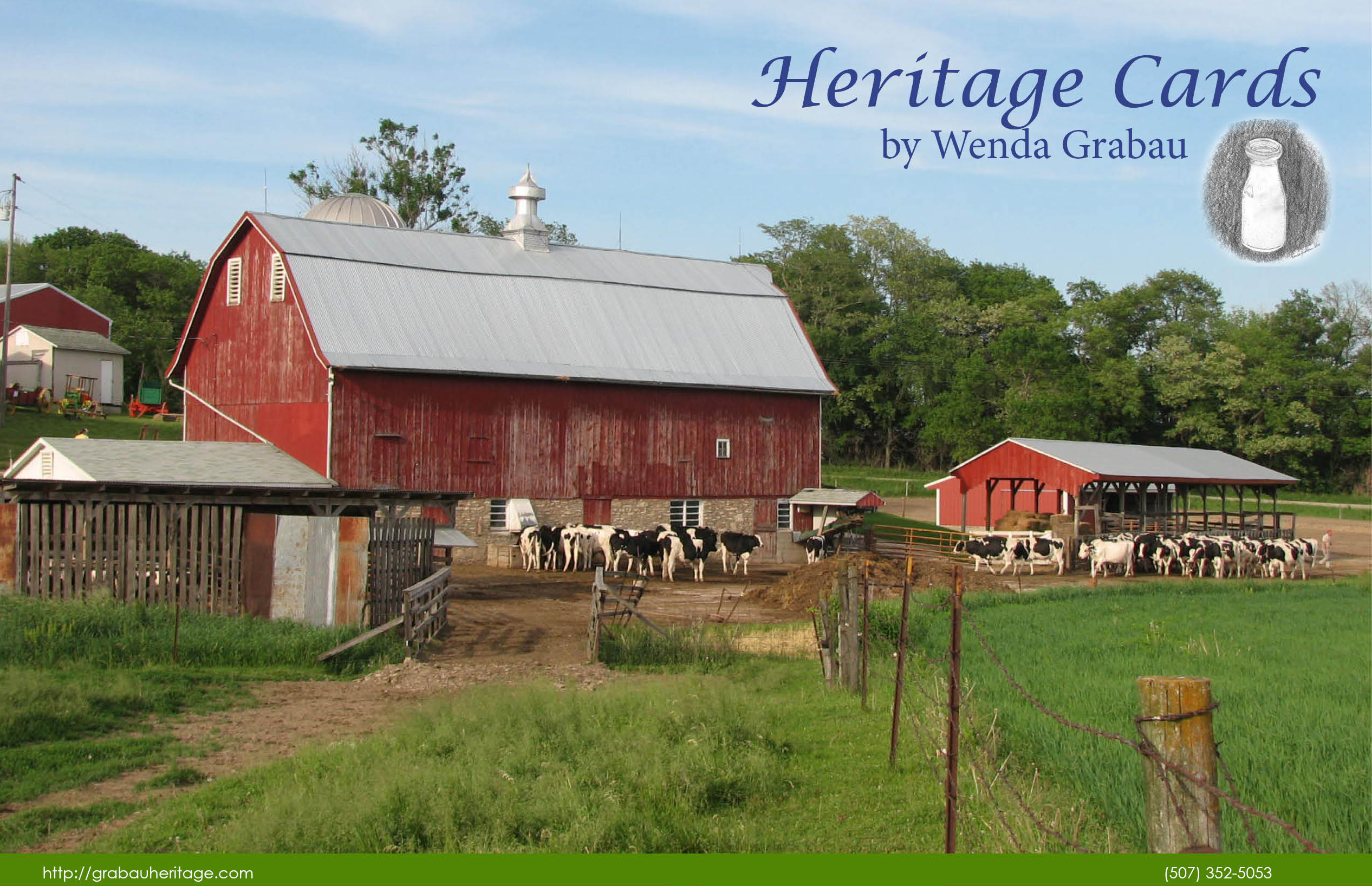The pole beans were planted in June. Rains pounded many times that month. Many of my garden seeds did not come up. They washed away. Several beans did not come up either. They must have had too much rain to survive. So I had to replant some. My crop came up in 2 shifts. Some were tall, others were short. I think that the short ones had a harder time thriving in the wake of the older, taller, shade-making plants.
Still with all of the struggle to survive, the blossoms came on both plantings of beans. My first picking was a few handfuls of tender, 3-4 inch beans. The young beans tasted fine.
In a few days, I went out to pick again. This time I saw huge beans. Some reached 9-inches long. I felt like writing a story called “Wendy and the Beanstalk”. I met up with giant beans!
I am still picking beans. As long as they keep getting picked, they will continue to blossom and bear. So I will keep at it. I want plenty of beans processed and at home in my freezer.
The quality and taste of these beans please me. They are a bit easier to harvest since I pick some bending over, while at other times I can stand up and pick. It is much easier on my back and knees than the bush beans I have used in the past.
The season is not over yet. I may discover some things not so nice about them. But for now, I am glad we tried raising pole beans this year.
For more information on pole beans follow this link.














































